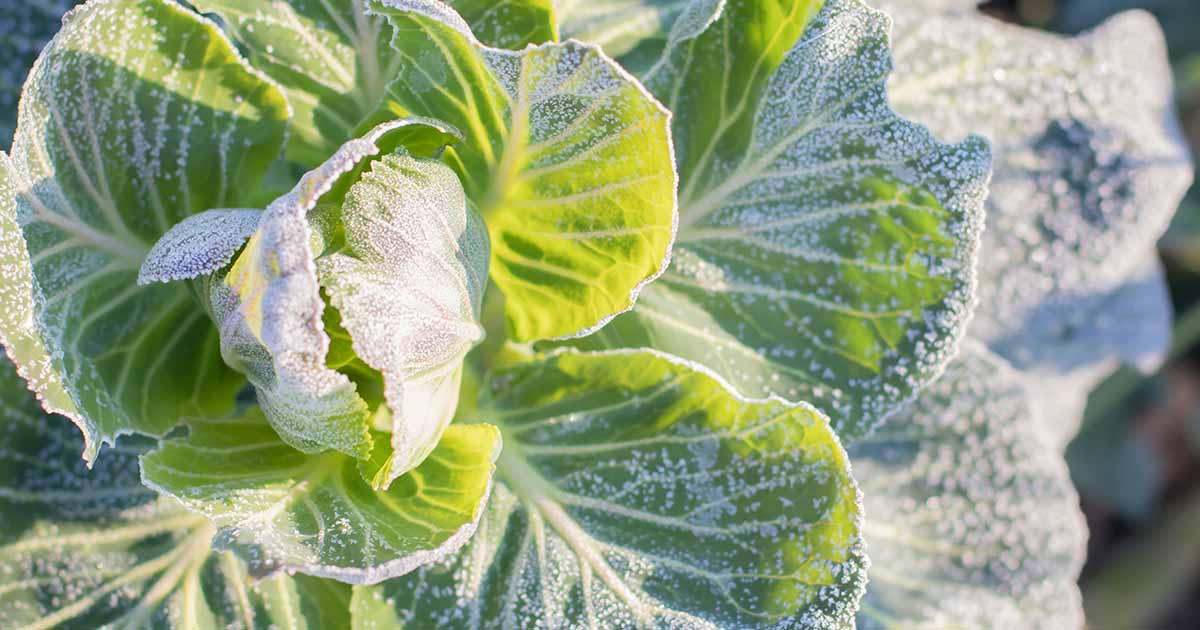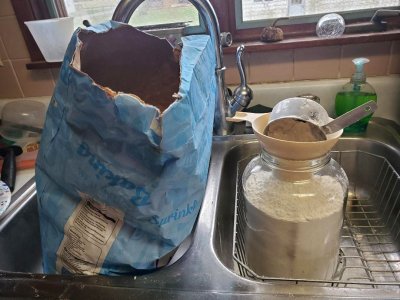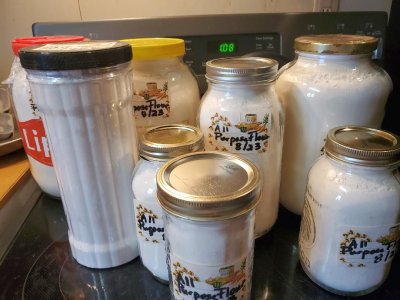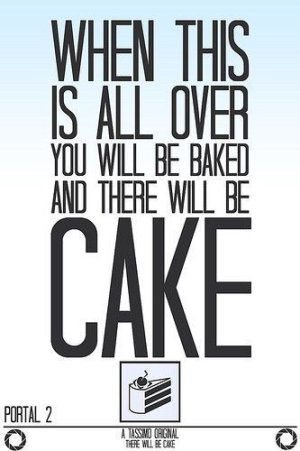heirloomgal
Garden Addicted
- Joined
- Jan 17, 2021
- Messages
- 5,111
- Reaction score
- 16,761
- Points
- 285
- Location
- Northern Ontario, Canada
That is pretty neat.Window shopping for spray paint that will glow in the dark (for the top of the posts) OR reflect light.
Glow in the Dark paints for exterior metal are Brutally expensive, for the ones that work.
I am thinking of this, instead, bc it reFLECTS light:
I passed on the Gold and the Iridescent. I would like that look you get when your car headlights hit one of those reflective signs/driveway posts, and you can see them in the dark with a flashlight.
What is fascinating about the ones that truly glow in the dark, is that the paint itself soaks up light and then releases the light at night, but doesn't need batteries like my "fairy lights."







